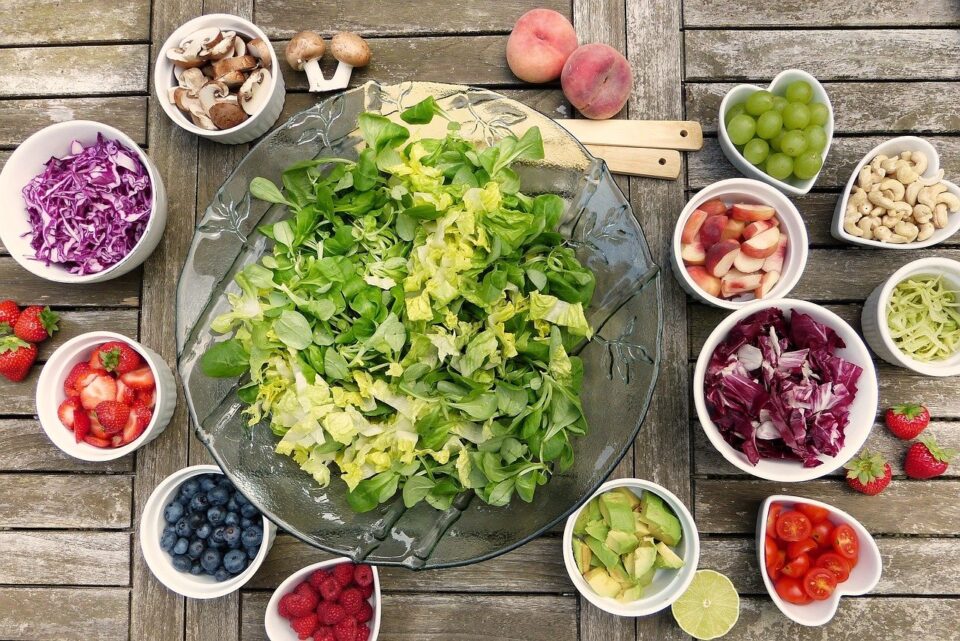One in four Americans suffers from a food-related chronic condition.
This issue is particularly prevalent in the elderly population where one in three seniors are affected. The good news is that there are a few easy steps you can take to help combat this issue and maintain your health, even if you’re not physically able to work out regularly or eat healthy meals at home.
Read on for more information on how to make healthy food more accessible for the elderly, and tips for breaching hungry stomachs!
The Value of a Healthy Lifestyle & Why It’s Important for Elderly Individuals
Eating well is extremely important, as it helps your body recover from the everyday wear and tear on your system.
In addition to helping your body stay healthy, eating a healthy diet can also help you feel good and maintain mental clarity.
Here are a few ways that you can help your elderly loved ones and relatives to eat better.
Tip 1: Meal Planning & Shopping to Save Time and Money
Home-cooked meals are usually the healthiest option for your elderly relatives, but it can be challenging for them to cook on their own if they have a physical disability or live alone. Meal planning is an excellent way to ensure you eat a healthy diet.
Most people agree that meal planning makes it easier to prepare healthy meals, instead of getting fast food or ordering in because it’s easy to do so and there’s no preparation involved. To explore ways to improve the accessibility of healthy food choices for seniors, you can find valuable insights and resources on platforms like Egg Bath, which offer tips and guidance to support better meal planning and a balanced diet for the elderly.
Here are a few meal-planning tips:
- Plan once and prepare multiple meals at once. Cook up large batches of food and freeze them in individual plastic bags or containers so that you can quickly microwave a healthy meal for yourself when time is short.
- Involve your family in the meal plan and choose one healthy meal that everyone can enjoy.
- Have a backup plan in case the recipe doesn’t turn out as expected. You can usually make substitutions to fix a bad recipe.
Tip 2: Accessible Eating Utensils and Meals
Eating utensils should not be hard to use.
If you have a difficult time getting food into your mouth, you can use chopsticks, smaller forks, or even spoons with carved handles that make it easier to get food into your mouth.
If you don’t like the taste of metal, plastic or wooden utensils may be a better option for you.
Try using food and drink thickeners like SimplyThick beverage thickener to make swallowing easier for older adults.
Tip 3: Flexible Portion Sizes
Help your loved ones and relatives keep their portions in check by making sure that their plates are appropriately sized.
If you find it hard to portion control, use a smaller plate to avoid over-eating.
Tip 4: Feed Your Healthy Habits
It’s easier to stay healthy when everyone else you know is doing so as well.
Encourage your loved ones to maintain a healthy eating and exercise routine by showing them that you care about their health.
Look for ways that you can help them with their diet, like encouraging them to cook meals with you, choosing healthier options at restaurants or stores, picking up takeout menus or providing recipes.

